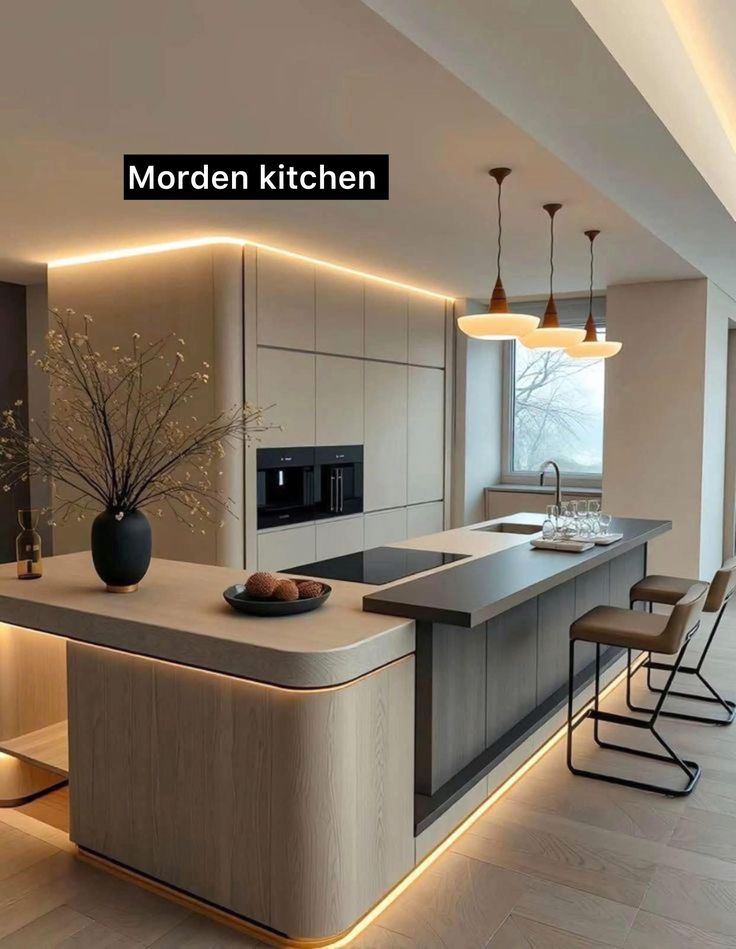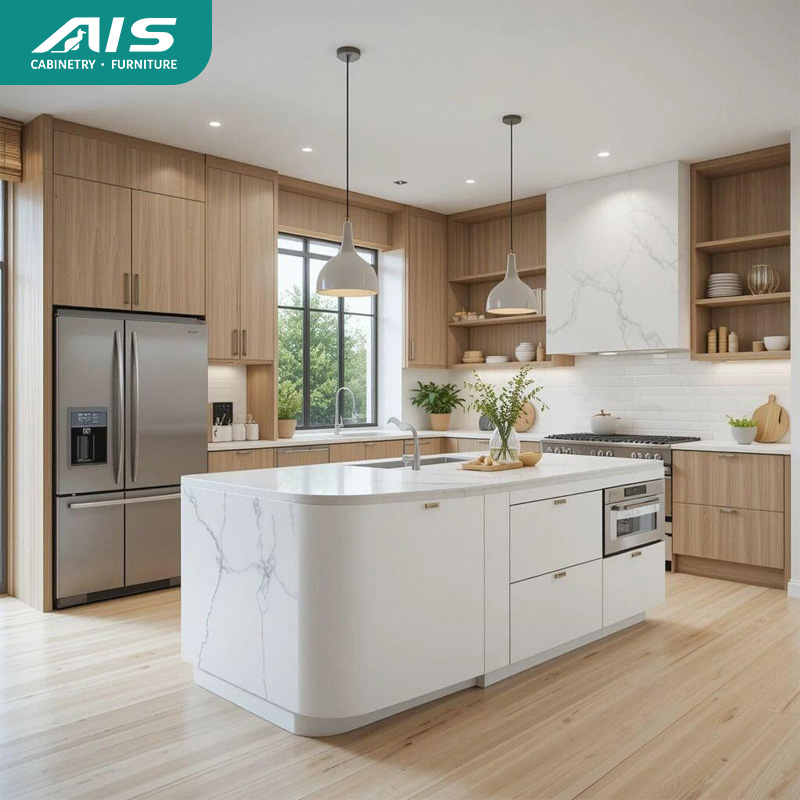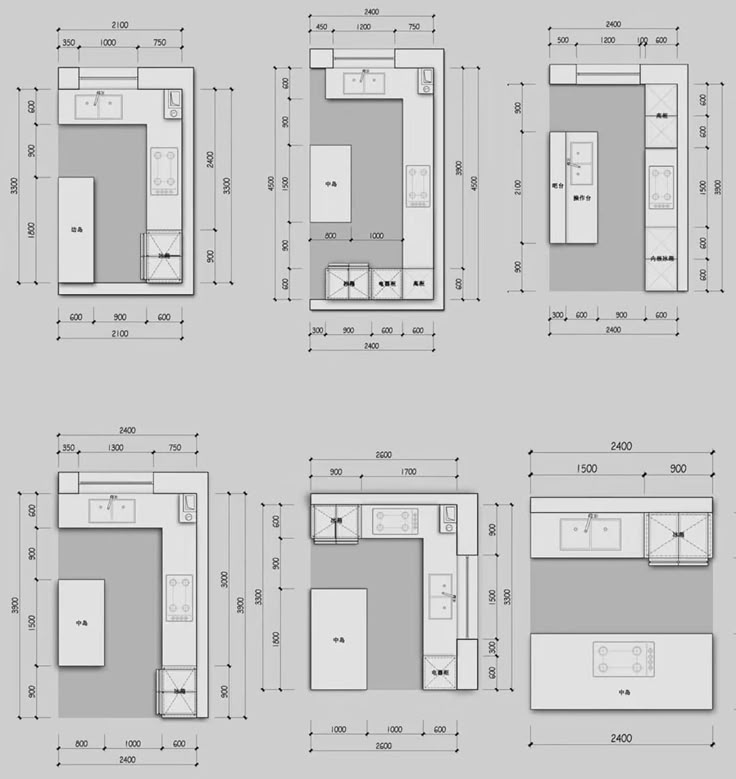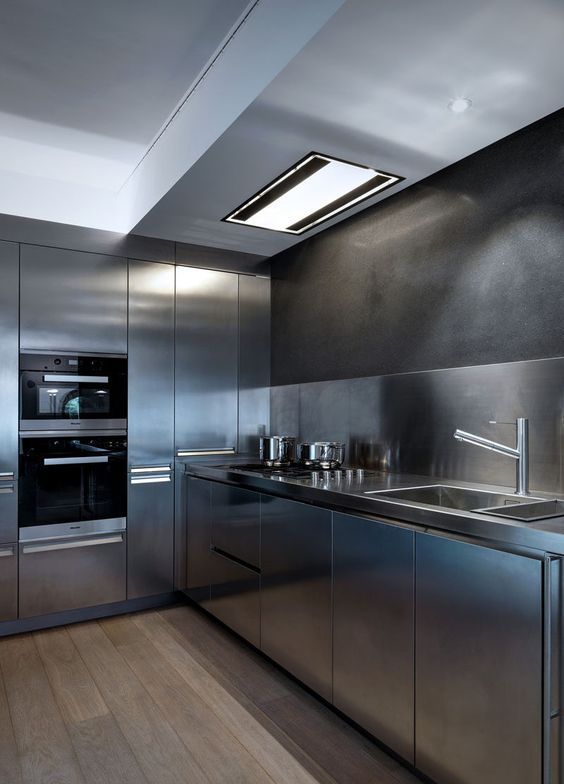Total Cabinetry And Joinery Solution
ENG
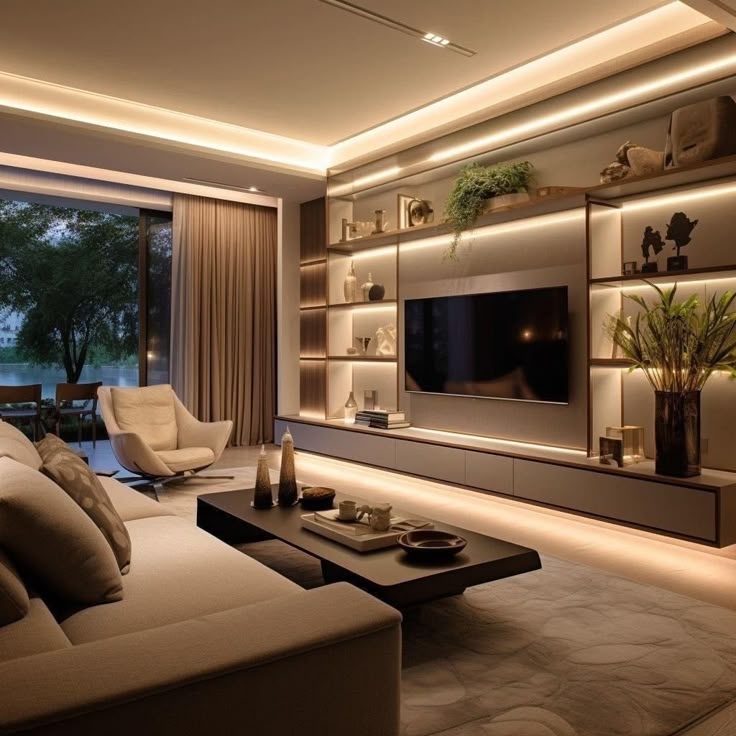
Launching a Custom Closet Business is one of the fastest ways to enter residential interiors with manageable capital, recurring referrals, and clear upsell paths (pantries, laundry rooms, garage storage). This guide covers business models, pricing, materials, software, production choices, marketing, and a 90-day plan you can execute immediately.
1、B2C Retail: Homeowners; design-led, high referral potential.
2、B2B Trade: Builders, developers, property managers; standardize SKUs for volume.
3、Niche Examples: Reach-in budget lines, luxury walk-ins, small-space apartments, kid closets, garage/utility, rental refresh packages.
Positioning Tip: Own one niche first (“small-apartment reach-ins in 2 finishes”), then expand.
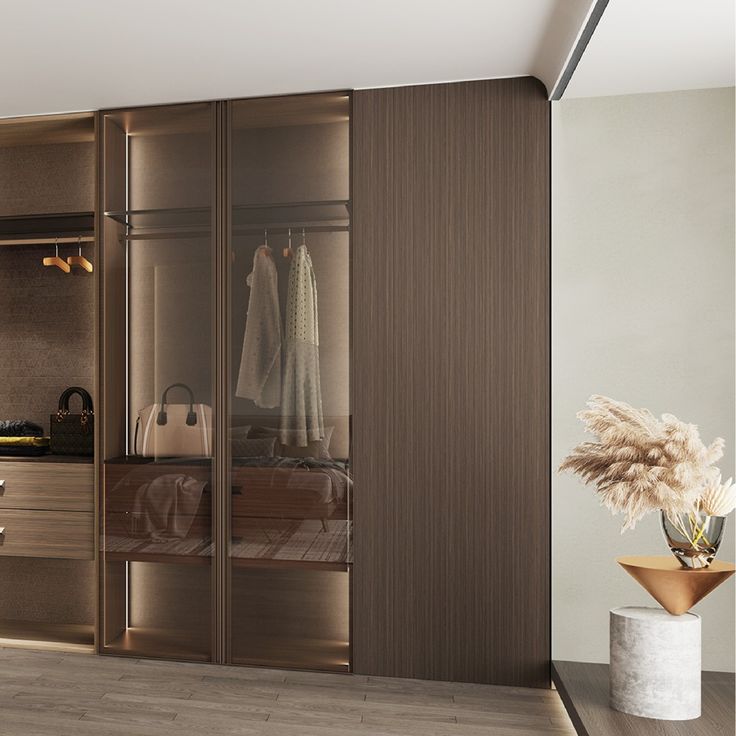
1、Map competitors (Google Maps + social proof). Note lead times, price bands, and styles.
2、Survey 10–20 agents/designers/PMs: ask typical sizes, pain points, and install windows.
3、Build a 3-package menu (Starter / Popular / Premium) with 2 finish options and publish a ballpark range to qualify leads.
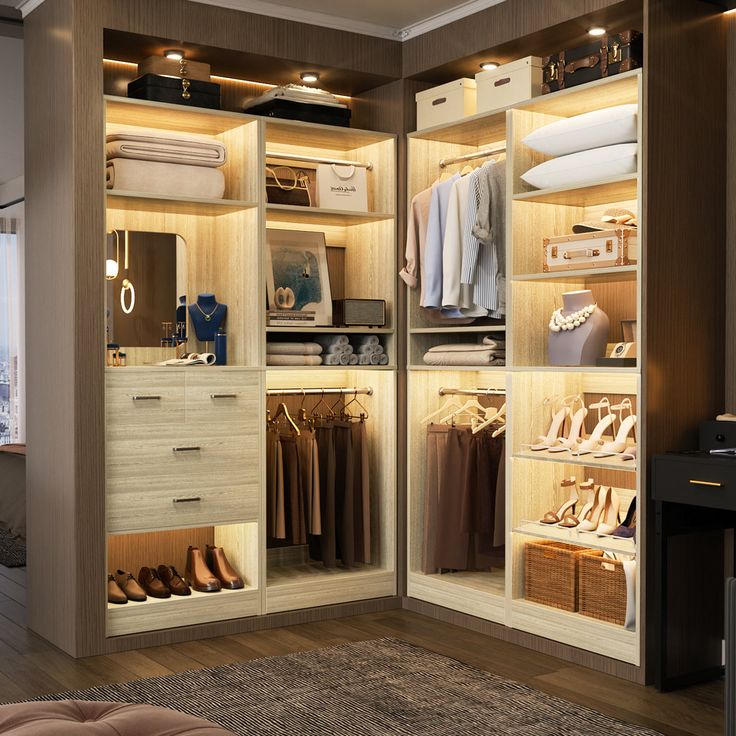
1、Core: Design, supply, and installation of closets & wardrobes.
2、Add-ons: Shoe towers, jewelry drawers, LED strips/sensors, mirrors, islands, doors, glass, laundry/garage systems.
3、Exclusions: Electrical rerouting, structural changes, painting—refer partners to reduce risk.
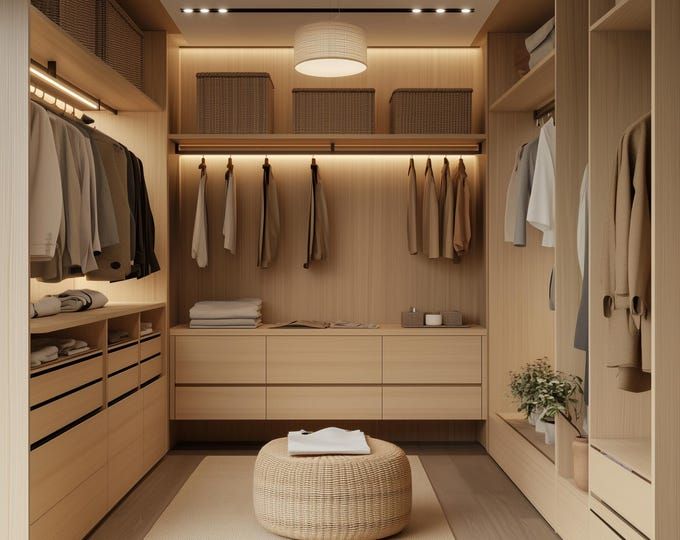
Base price = Materials & panels + Hardware & accessories + Fabrication + Install labor + Overhead allocation + Profit.
1、Materials & Panels: melamine/HPL/veneer board (by m² or linear ft).
2、Hardware: hinges, slides, pulls, hanging rods, lift-ups.
3、Fabrication: your shop or outsourced cut-to-size/edgebanding/CNC.
4、Install Labor: hours × labor rate; include travel & disposal.
5、Overhead Allocation: 10–20% of direct costs (software, fuel, rent, marketing).
6、Profit Target: aim for 30–40% gross margin on retail jobs once stable.
Example (illustrative): Average job revenue $3,500; COGS $2,450 ⇒ gross profit $1,050. If fixed costs are $4,200/month, break-even ≈ 4 jobs/month (4 × $1,050 = $4,200).
Package anchors (example copy):
1、Starter: Melamine, basic rods/shelves, soft-close hinges.
2、Popular: HPL doors, drawers, pull-outs, LED sensor.
3、Premium: Wood-look HPL/veneer accents, glass, island, premium hardware.
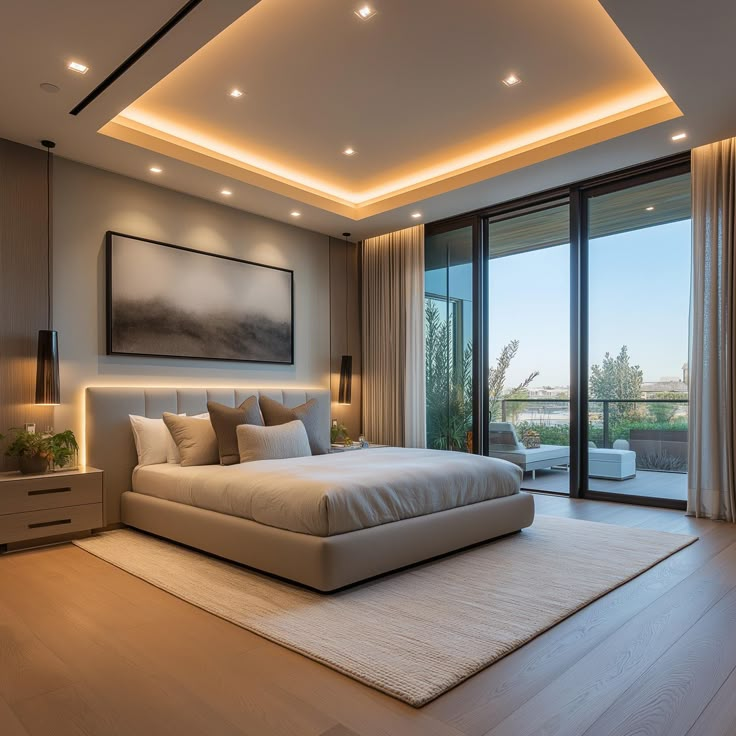
1、Boards:
1、Melamine (LPL): budget, consistent, easy to clean.
2、HPL Laminate: tougher surface & edges; great for rentals and families.
3、Painted/Lacquered MDF: color depth and profiles; needs careful handling.
4、Veneer: premium, warm, natural variation.
2、Edges: ABS 1–2 mm, zero-joint where possible (clean look + moisture resistance).
3、Hardware: soft-close hinges/drawers, load-rated slides, wardrobe lifts, pull-outs.
4、Lighting: 3000–3500K LED strips, door sensors; plan driver access.
5、Moisture & Heat: seal cut edges; avoid steam near door edges; specify heat shields by appliances (in utility/laundry).
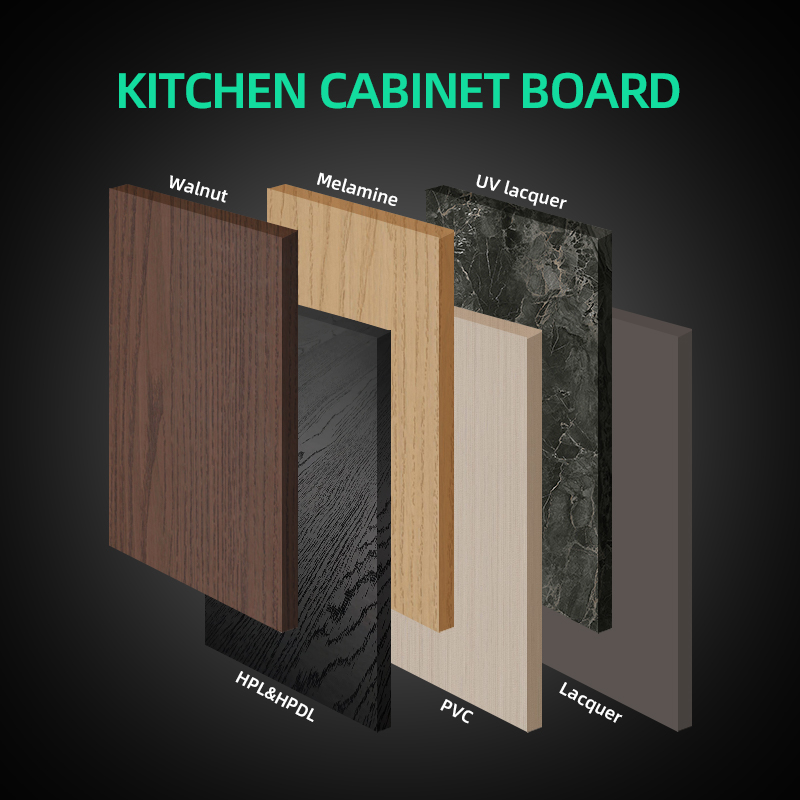
1、Outsource (Cut-to-Size/CNC/Edge): fastest to start, minimal capex, predictable quality.
2、Hybrid: outsource flat parts; assemble & finish in your shop.
3、In-House Shop (later): table/track saw, edgebander, drill press/CNC, dust extraction, clamps, assembly benches.
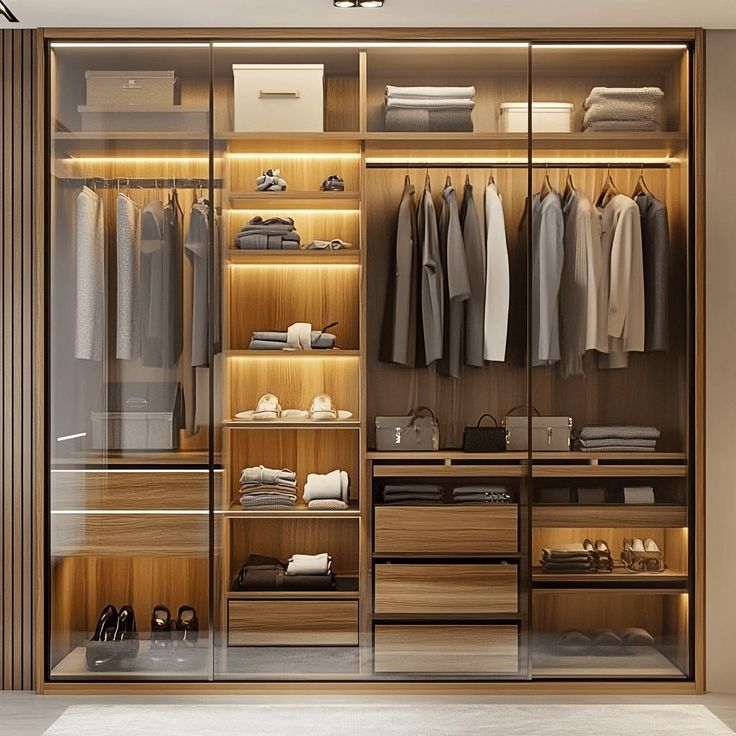
1、Design & Sales: SketchUp + layout templates, or dedicated closet/CAD software (e.g., Cabinet/closet design suites).
2、Quoting: spreadsheet or quoting app linked to a parts library.
3、Ops: CRM (inquiry→measure→design→quote→contract→production→install→after-sales), e-signature, cloud file storage.
4、Measure: laser measurer, photo notes, door swing & ceiling height checks
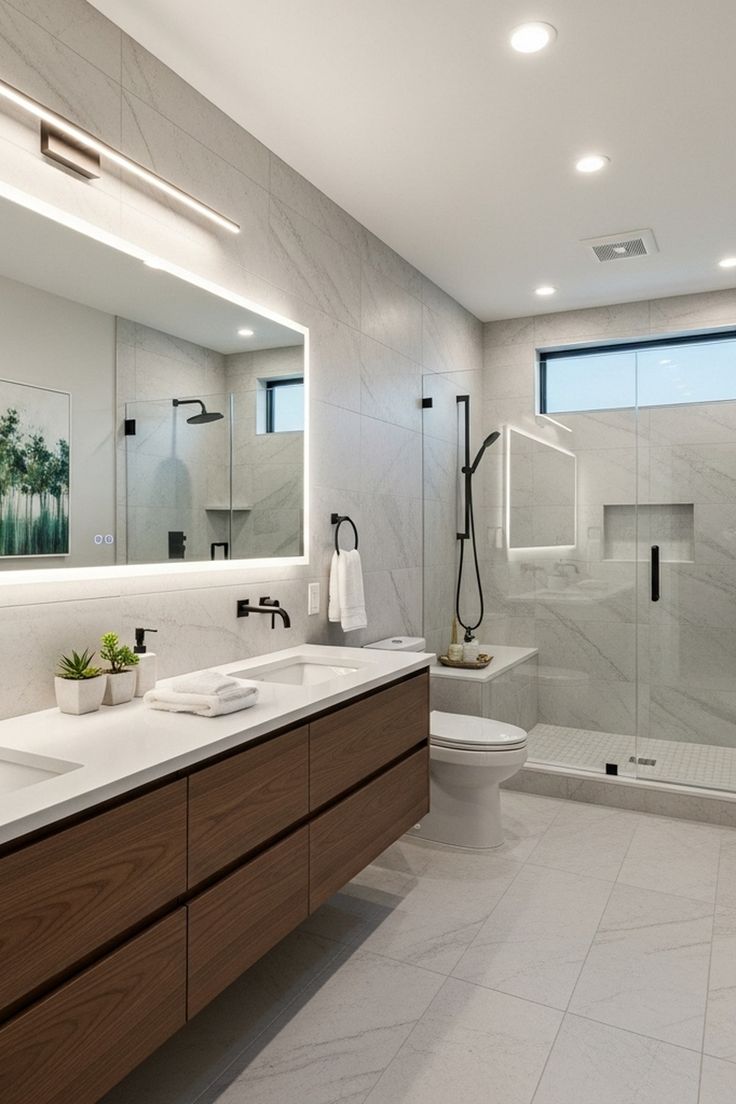
1、Inquiry Intake: needs, timelines, budget range, photos.
2、On-Site Measure: walls, ceiling, reveals, outlets, obstacles.
3、Design & 3D: two options, clear accessories list, finish codes.
4、Proposal: line-item quote; scope, timeline, payment terms, warranty.
5、Deposit & Production: order panels/hardware or send to fabricator.
6 、Pre-Install QA: check counts, edges, hardware, lighting kit.
7、Installation: level/plumb/reveals; protect floors; tidy handover.
8、Handover Pack: care guide, warranty, final invoice, service contact.
SLA Targets (guidance): respond within 24h, design within 2–4 days after measure (adjust to your capacity).
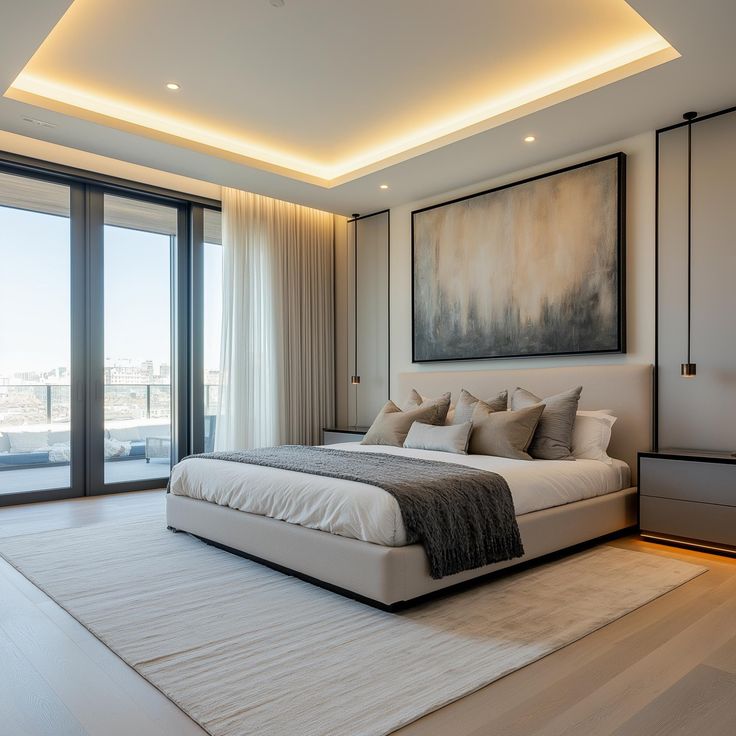
1、Website must-haves: before/after gallery, packages, finishes, service area map, lead form (upload floor plan/photos), testimonials, FAQ.
2、Local SEO: Google Business Profile (photos, services, hours), NAP consistency, city/area pages (e.g., “Custom Closet Business in [City]”).
3、Content ideas: “Reach-in vs Walk-in,” “Closet Lighting Guide,” “HPL vs Painted Doors,” “Apartment Closet Makeovers.”
4、Social & Ads: IG/TikTok short reels, Pinterest boards, Facebook/Google Ads to a quote CTA.
5、Partnerships: realtors, interior designers, builders, property managers; revenue-share or referral kits.
6、Trust builders: sample kit (finishes + hardware), on-site booties & floor protection, clean handover photos.
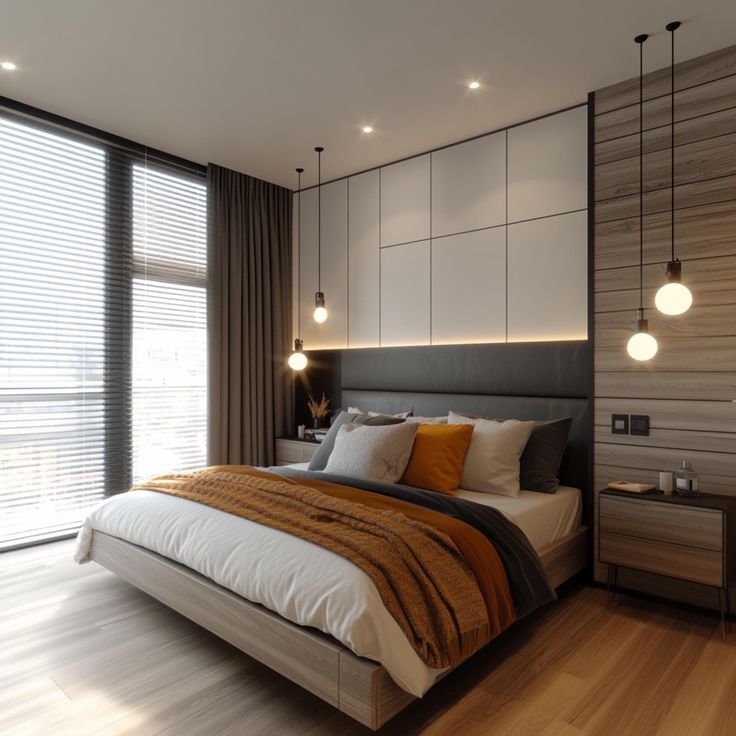
1、Entity & licenses: register per local rules; obtain contractor/installer approvals if required.
2、Insurance: general liability, tools/vehicle, workers’ comp (as applicable).
3、Contracts: scope, exclusions, change-order process, access rules, cleanup, disposal.
4、Payments: common patterns are 50/40/10 or 40/50/10 tied to milestones (measure, delivery, completion).
5、Warranty: define terms (doors, hardware, lighting, workmanship) and service response times.
1、Startup budget (lean): samples + software + tools + marketing kit + initial ads + vehicle setup.
2、Core KPIs: lead-to-measure rate, measure-to-sale rate, gross margin/job, jobs/month, average ticket, install defects <2%.
3、Break-Even: Fixed Costs ÷ Gross Profit per Job = Jobs/Month to break even (see example above).
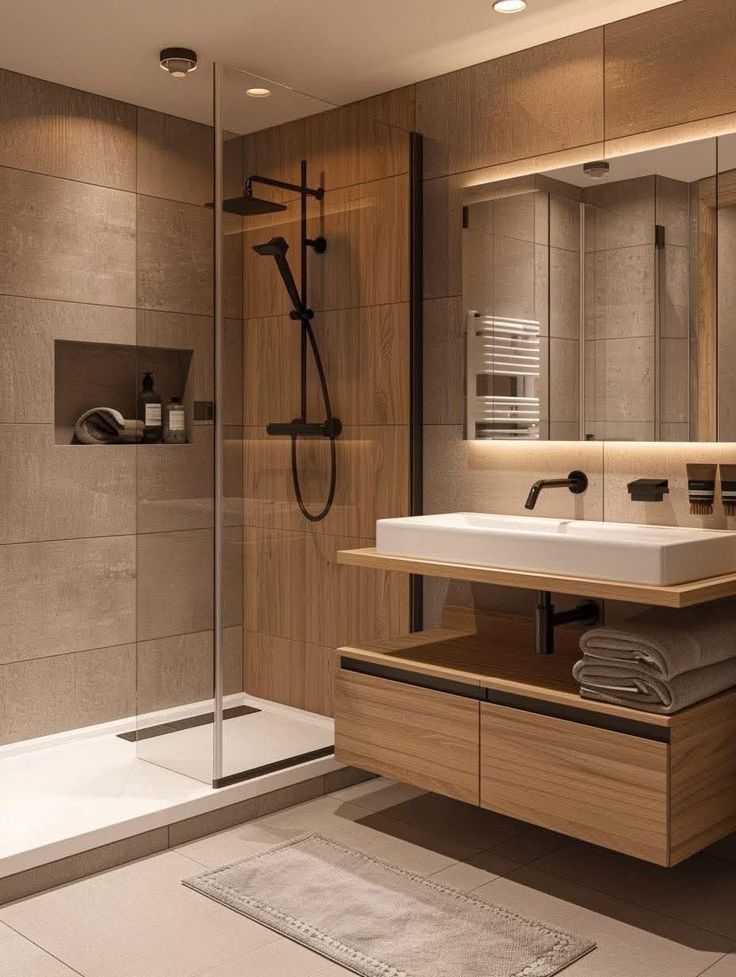
1、Days 1–15: Brand name, domain, logo, 3 packages, finish board, price model; Google Business Profile; one-page site live; sample kit ordered.
2、Days 16–30: Partner outreach (20 realtors/designers/builders), shoot 3 mini case studies (even mockups), publish 3 SEO articles.
3、Days 31–60: Close first 5–8 paid jobs; create install SOP & handover checklist; gather reviews; tighten quoting library.
4、Days 61–90: Standardize materials & hardware; add financing options; scale ads to best-performing geo & keywords; explore B2B volume pack.
1、Written tolerances (level/plumb ±2 mm, reveals ±1–2 mm).
2、Moisture and heat notes in every proposal (client sign-off).
3、Photo checklist at measure, pre-install, and handover.
4、Keep 1–2 spare doors/panels per finish for future service.
Starting a Custom Closet Business is about repeatable systems: a tight package menu, clear drawings, reliable fabrication, tidy installs, and proactive after-sales. If you share your target niche, service area, and preferred finishes, we’ll draft a materials/hardware spec list and a like-for-like quote template you can use on your next three bids.
If you want to learn more about home,
Finishes Compared: Laminate Kitchen Cabinets: Pros, Cons, Durability, Styles, Cost & Care | AIS Guide
Home lmprovements: 10 Best Home lmprovements For Your Home In 2025
Big Kitchen Design Ideas: 10 Inspiring Modern Big Kitchen Design Ideas | AIS Guide
Q1: How much capital do I need to start?
Lean startups can begin by outsourcing fabrication and focusing on design/sales/install. Your main spends are samples, software, tools, marketing, and a vehicle.
Q2: Should I rent a showroom from day one?
Not required. Start mobile (samples + tablet). Consider a small studio after 10–20 completed projects and steady referrals.
Q3: What finish works best for families or rentals?
HPL/laminate with zero-joint ABS edges—durable, cleanable, color-stable.
Q4: How do I prevent change-order chaos?
Confirm finish codes, hardware SKUs, and accessory counts in the drawings; require sign-off before ordering.
Q5: Can AIS help with supply?
Yes—AIS can OEM/ODM closet components (boards, doors, drawers, lighting kits) and ship project-ready, reducing your capex while keeping quality consistent.
